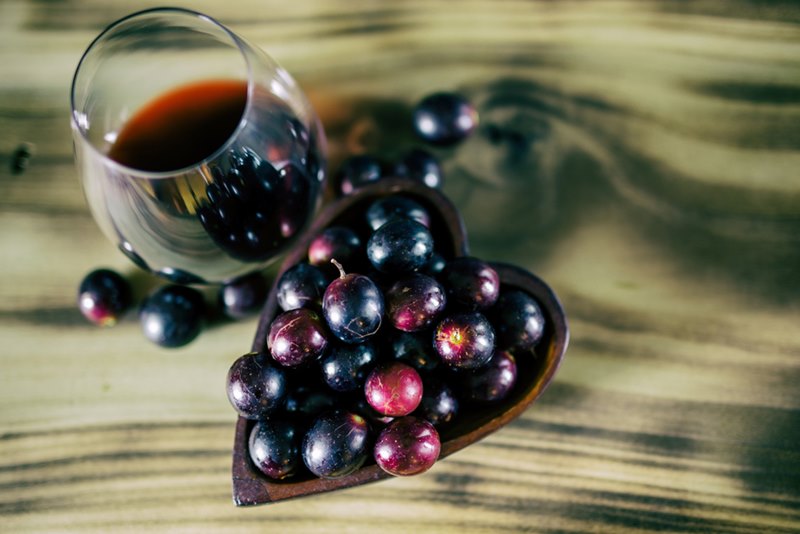
15 Feb Understanding What Wine Tannins Are
If you enjoy drinking wine, you must be well acquainted with wine terminology such as aging, acidity, note, aroma, balance, blends, breathing, cuvee, oaky and more. But have you heard of the term tannins in wine being used with reference to wine? Well let’s take a closer look at what wine tannins are, how they affect the flavour of wines and what amount of tannins are considered to be the right amount in wines.
Wine Tannins – What Are They?
Woody plants typically make tannins; but they are present in everything from persimmons to ferns and more. Tannins have a naturally astringent quality. This astringency acts as a deterrent to most plant-eaters including birds, reptiles, insects as well as humans. When it comes to wine, the right concentrations and amounts of tannins can add certain complexities and qualities to wine.
While you can definitely enjoy wine without going into the nitty-gritty and technicalities of winemaking, some knowledge about the wines you are drinking add to the enjoyment of consuming it. So, let’s understand a little more about tannins. These naturally occurring compounds exist inside the stems, seeds and skin of grapes. The scientific term for tannins is polyphenols. These compounds have a vital role to play in the winemaking process. In fact, they have a key role in the production of red wines.
Understanding What Impacts Tannin Levels In Wines
These chemicals are very reactive, and associate spontaneously with a range of compounds. Once the grapes have been pressed, the stems, seeds and skin of the grapes release these compounds into the grape juice. The polyphenols lend astringency or dryness to certain wines. So when you hear someone say that a wine is ‘dry’ it indicates high levels of tannins.
Some wines will have strong tannic qualities while others not so much. The duration for which the seeds, skins and seeds bathe/sit in the grape juice after the pressing process determine how tannic the wine will be. The longer these are allowed to steep in the wine, the more tannic the wine. Contrastingly, a shorter soaking time will create a wine with lower tannic qualities.
In fact, this is also why most red wines have higher tannin levels when compared to white wines. The latter are generally less bitter and sweeter than many robust red wines. The red wine production process involves allowing the grape skins to soak in the juice for a much longer duration and this give red wine a richer, darker colour.
This also releases more tannins into the wine which is why red wines have more complex notes and flavours. Wines that have higher levels of tannins will also have a more astringent and bitter finish. This is why many people that have just begin sampling and tasting wines tend to stay away from red wines. Depending on the wine, the tannins can create various sensations in the mouth, ranging from velvety and silky to bitter and dry.
Tannins From Other Sources
Sometimes, the tannins in the wine come from the oak used in wine barrels. If new oak barrels have been used in the wine aging process, the resulting beverage will have a more astringent taste as the oak leaches more tannins into the wine stored in the barrels.
Wines with higher levels of tannin have a richer and deeper colour and lend antioxidant properties to the liquid. Cabernet Sauvignon, Petite Verdot, Nebbiolo, Monastrell, Montepulciano and Petite Syrah are some of the most popular wines that contain very high tannin levels.
To find out about how Signature Cellars can help you design and build a wine storage solution that can help protect your investment and add value to your home, call us on 1300 570 636 or email info@signaturecellars.com.au.
Thanks for reading,
Neil Smallman
Signature Cellars
1300 570 636




No Comments